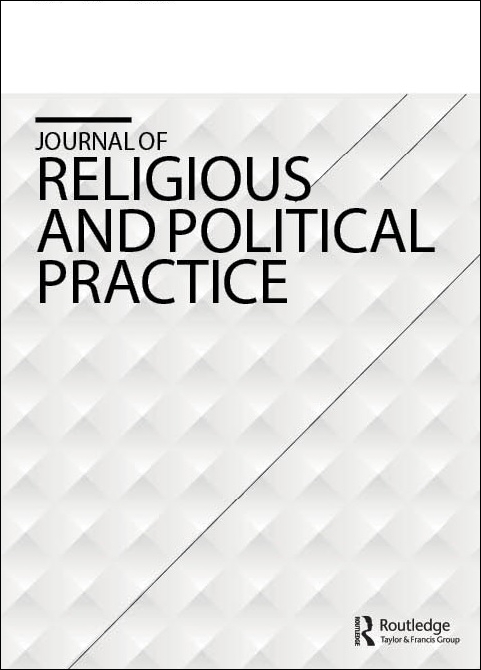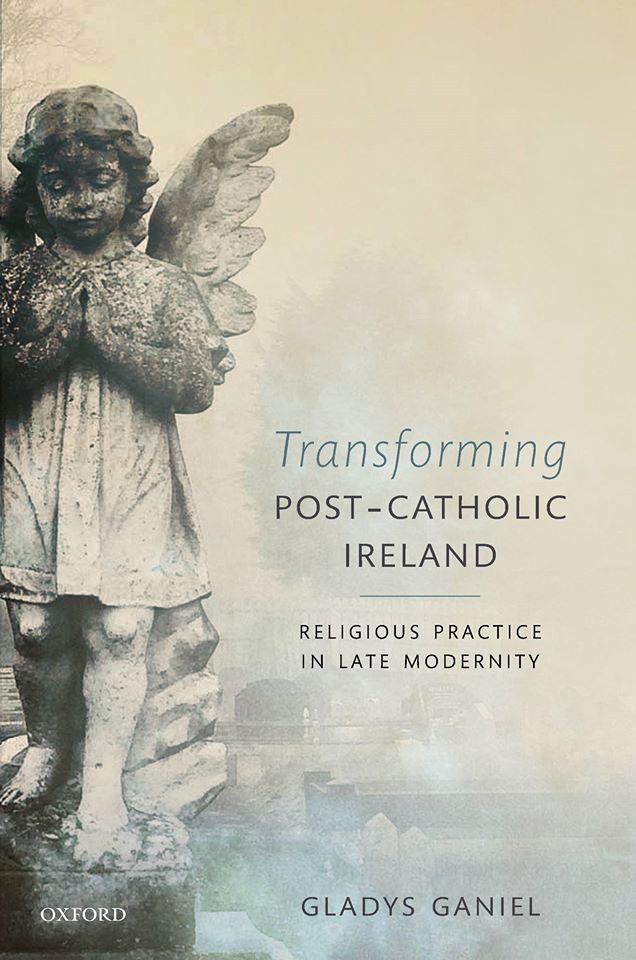
Among the interesting and unusual topics in this volume, Miquel Àngel Plaza-Navas (University of Barcelona, Spain) offers an historical perspective on the hymnal and music practices of the Witnesses. It shows how the movement’s musical experience went through several stages (including one, from 1938 to 1944, during which singing was largely discouraged, presumably because songs did no longer represent the current beliefs of the group), reaching the current situation with the publication of Sing to Jehovah (2009), with a maximum degree of musical exclusivity—the music now being free of external influences, including resemblance with hymns of other churches. An article authored by independent researcher Donald Raymond Jacobs examines the precarious situation of unofficial Jehovah’s Witness Apologetics. In contrast with Mormons, the movement discourages members from entering into the apologetical debates on a personal basis. This debate takes place nevertheless, encouraged also by the advent of the Internet. A statement in 2007 was critical of groups of Witnesses conducting independent research or websites not run under its oversight, and consequently, discussion forums were closed, with apologetics moving to blogs. Nevertheless, Watch Tower publications utilize results of independent apologetic research from time to time, but without acknowledging it or giving legitimacy to an independent scholarly community among Witnesses.
Some articles also deal with national situations while offering historical overviews. Thus Massimo Introvigne (CESNUR, Turin) analyzes the history and current situation of the Witnesses in Italy, where growth has been slowing in the 21st century. But the arrival of millions of immigrants to Italy is now considered as a source for new opportunities, and an impressive number for specific immigrant communities have been organized.
While the issue of Acta Comparanda will of new congregations and groups definitely be of interest for scholars studying contemporary religious movements, a wider audience looking for a solid introduction on Jehovah’s Witnesses would be well-advised to consider Jehovah’s Witnesses: Continuity and Change (Ashgate, $149) by George D. Chryssides (visiting Fellow at York St John University). Chryssides had already authored a useful Historical Dictionary of Jehovah’s Witnesses (Lanham, MD: Scarecrow Press, 2008), and the new book is likely to benefit both scholars and people with a general interest in the topic. The volume starts with a chapter on researching Witnesses, in which Chryssides provides an overview of available literature and explains how a researcher looks at such a movement.
The book also has noteworthy chapters on the origins in Adventist networks, on Charles Taze Russell and on the Rutherford era, and on the themes of opposition, organization, the Bible, ethics and lifestyles, worship and rites of passages, and, obviously, prophecy. The concluding chapter of this 300-page-book deals with problems and prospects of the Witnesses. Initially wary of the Internet, the movement has nevertheless developed a strong online presence, with a massive amount of material now being made available, but it does not see it as a substitute for its traditional (biblical, in their view) method of evangelizing. Due to the decline of Christian influence and knowledge of Christianity in the West, Chryssides observes that there are fewer attempts to challenge mainstream Christian doctrines and more efforts to address contemporary issues. The book also examines changes in beliefs and practices over time. But it is difficult to advocate openly for reforms within the movement since policies are not being determined democratically and dissent could mean disfellowshipping. Thus it is difficult to assess how numerous so-called “liberal elders” are really since they express themselves anonymously online. The Watch Tower Society continues to hold the belief that it offers “the truth,” to base its doctrines on biblical inerrancy, and to believe that humankind lives in the last days. For more information on Acta Comparanda, visit: http://www.antwerpfvg.org/publicaties-fvg-antwerpen/subsidia.html.

